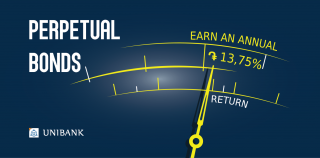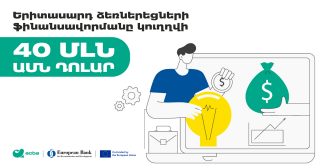
Poverty rate grew in Armenia in 2016: World Bank

Today presentation of the World Bank’s (WB) “Trade in Transition” report was launched in Tbilisi, devoted to recent development in Europe and Central Asia.
In the analytical part of recent economic development in Armenia it’s stated that the Russian recession continued to negatively impact remittances, which fell by 35 percent in 2015 and a further 10 percent in 2016.
Based on WB assessments declining wage and remittance income increased the poverty rate from 22.6 percent in 2015 to an estimated 23.9 percent in 2016 at PPP-adjusted 2.5 dollar/day poverty line.
It should be noted that the National Statistical Service of Armenia hasn’t yet issued poverty index of Armenia for 2016. In 2015 poverty in Armenia was assessed 29.8%, which was low by 0.2 percentage points from the index of 2014.
It should be noted that the National Statistical Service of Armenia poverty level is calculated based on consumer basket. Poor are considered people, monthly consumption of whose was low than AMD 41698. On daily basis it comprises AMD 1395 or USD 2.9, i.e. people consuming less than USD 2.9 were considered poor.
The World Bank calculates poverty level differently: based on two levels of poverty line—USD 2.5 per day and USD 5 per day (clarified by purchasing capacity equivalence).
Share of people with consumption less than USD 2.5 per day, as already stated, is 23.9%. And the poverty line based on daily USD 5 line—71.7%.
On account of WB data it may be supposed that poverty level in Armenia based on the methodology of the National Statistical Service of Armenia will be high in 2016.
Based on WB report the increase of the international poverty rate masks different developments across locations in the country; in urban areas outside Yerevan, the large number of returning temporary and permanent migrants is placing additional pressure on labor markets, and it is expected that the increase of poverty will be higher than in rural areas.
In the latter, subsistence farming acts as a coping mechanism for weak domestic and international labor markets.























